#freshwater lake
Text

Freshwater Lake sits in an old volcanic crater at the foot of Morne Macaque in Morne Trois Pitons National Park, Dominica.
14 notes
·
View notes
Photo

The Sea of Galilee is a freshwater lake in Israel.
71 notes
·
View notes
Photo

Sailing at sunset on Balaton Lake, Hungary
0 notes
Text
Sailing at sunset on Balaton Lake, Hungary

0 notes
Text
Sailing at sunset on Balaton Lake, Hungary

0 notes
Text

The largest freshwater lake in Asia
0 notes
Text
instagram
Episode 118: Haunted Lake Okeechobee Photodump
Image 01-02: Lake Okeechobee is the largest freshwater lake in Florida.The average depth of the lake is only 9 feet (2.7 meters) which creates seasonal grassy islands. TLDR: IT’S A REALLY BIG F’N LAKE!
Image 03: The 1928 Lake Okeechobee Hurricane was the second most deadly in U.S. history, leaving over 2500 dead and hundreds missing. The Category 5 Hurricane had winds sustained at 160 MPH and flooding raised the lake waters over 20 feet.
Image 04-05: The city was overwhelmed by corpses which had been tangled in debris and washed ashore. Truckloads of coffins navigated the streets.
Image 06: In an effort to minimize the spread of disease, the health department urged survivors to burn corpses in mass burials.
Image 07: Black migrant workers were the main victims of the flood. Records indicate a mass grave with over 674 workers was dug outside the city’s cemetery; however, the mass grave remained unmarked for 75 years until 2003.
Image 08: Several abandoned “Ghost Towns” ,including Okeelanta, can be seen when the water is low enough to reveal seasonal islands.
Image 09: When the water is low, thousands of skulls and human remains believed to be between 500-1000 years old can be seen. Several theories exist as to where the skeletons came from, but nobody knows for sure why they are there.
Image 10: To prevent flooding, Lake Okeechobee’s drainage system has been heavily altered. As a direct result, toxic algae blooms wreak havoc across the lake and along the Florida coast. WHAT DO YOU GUYS THINK OF THIS EPISODE?! Would you go tubing on lake Okeechobee or would you rather make Pangea Dinosaur Again??
#Haunted Lake Okeechobee#Let's Get Haunted#freshwater lake#Lake Okeechobee Hurricane#mass burials#Okeelanta#Instagram
1 note
·
View note
Text
Since people were upset I didn't include the great lakes in my last poll, here's another one
#you will not change my mind that the great lakes are not a coastline sorry#they are their own thing and they are awesome and cool but they aren't . Coast#they have SHORELINE but they do not have COASTLINE. Coastline is specifically bordered by saltwater#so here's a poll for you freshwater and estuarine lovers!!! <3#Tumblr poll#poll
921 notes
·
View notes
Text
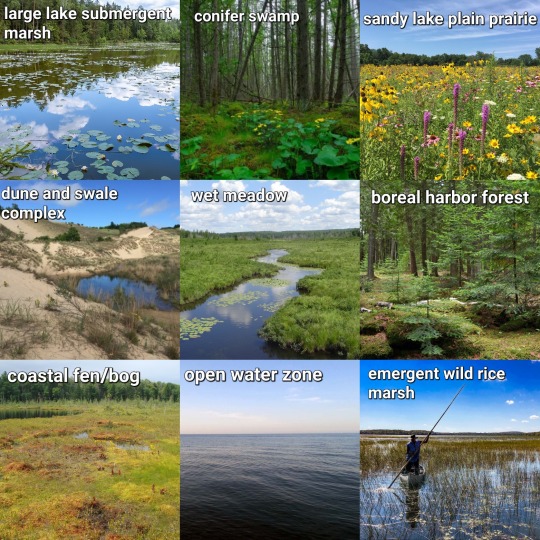
#poll#great lakes#ecosystems#ecology#marsh#lake#lakeposting#freshwater#wetlands#fen#bog#cattail#wild rice#forest#boreal#boreal forest#prairie#dune#dunes#dune and swale#estuary#delta#wet meadow#swamp
3K notes
·
View notes
Text

Some coast striker concept doodles, mostly to showcase their weirdo double tongue + i love drawing teeth. Also whelps are see through when they hatch, most lose this quality as they grow, but a few (especially in the Deepwater) keep their translucency well into adulthood.
A small fun fact, many humans call coast strikers "grinning deaths" as their toothy snarls can look like a grin to a person. Given their amount of teeth and their two tongues, other AshWings can find them a bit unsettling
#wings of fire#wof#ashwing#dragons#art#oh yeah remember those region variation drawings i made? im dividing the coast into three regions: the deepwater (open ocean/seabed)#the saltwater (the coastal cliffs) and the freshwater (more inland in the peninsula lots of#wetlands and rivers and lakes. kinda like everglades and mangroves in some areas#however im not sure about the eggs. hmmmm#bc its like this OR regular eggs with an almost conical shape which i believe is common in cliff birds? so the eggs spin on the same place#instead of out of the nest and falling to their doom
382 notes
·
View notes
Text
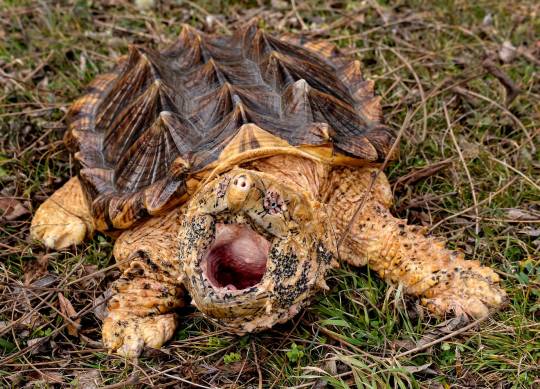


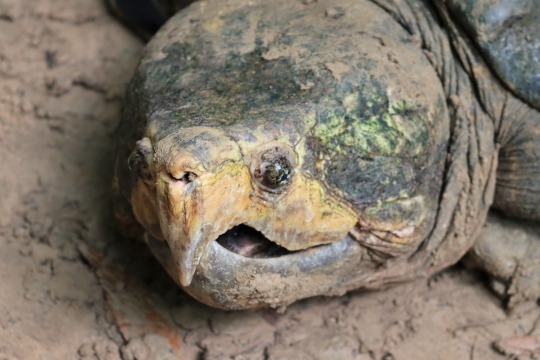
The Stupendous Alligator Snapping Turtle
Alligator snapping turtles (Macrochelys temminkii) are one of three recognised species of snapping turtle, all of which are found in North America. This particular species is found in the southeastern United States and the Mississippi Basin in particular. Macrochelys temminkii prefers deep freshwater, and is especially common in deep rivers, wetlands, and lakes.
The alligator snapping turtle is the largest freshwater turtle in North America, and is one of the heaviest in the world. Most individuals weigh between 70-80 kg (154-176 lbs), and are about 79-101 cm (31-39 in) long. However, the largest verified indiviual weighed over 113 kg (249 lb), and many others have been recorded in excess of 100 kg. The species is easily identifiable by its large, boxy head and thick shell with three rows of raised spikes. Typical alligator snapping urtles are solid black, brown, or olive green, though the shells of many older individuals can be covered in green algae.
M. temminkii is famous for its strong bite, which is most often utilised when feeding. The turtle's tongue resembles a worm, and at night individuals lie on the bottom of the river or lake bed with their mouths open. Fish are enticed by the bait-tongue, and when they get close enough the alligator snapping turtle's mouth clamps down around them. In addition to fish, this species may also feed on amphibians, invertebrates, small mammals, water birds, other turtles, and even juvenile alligators where their territories overlap. The alligator snapping turtle's relies on ambush techniques, and so hunters can remain submerged for up to 40 minutes. In some cases, individuals can also 'taste' the water to detect neaby mud and musk turtles. Because of this species' thick shell and ferocious bite, adults have few predators, but eggs and hatchlings may fall prey to raccoons, predatory fish, and large birds.
This species spends most of its time in the water, only emerging to nest or find a new home if their current habitat becomes unsuitable. Mating occurs between Februrary and May, starting later in the northern regions of the species' range. Males and females seek each other out, but generally don't travel great distances. About two months after mating, females dig a nest near a body of water and deposit between 10-50 eggs. Incubation takes up to 140 days, and the average temperature of the nest determines the sex of the hatchings; the hotter it is, the more males are produced. In the fall, hatchings emerge and are left to fend for themselves. Sexual maturity is reached at between 11 and 13 years of age, and individuals can live as old as 45 years in the wild.
Conservation status: The alligator snapping turtle is listed as Vulnerable by the IUCN. The species is threatened by overharvesting for meat and for the pet trade, and by habitat destruction.
If you like what I do, consider leaving a tip or buying me a ko-fi!
Photos
Ed Godfrey
Cindy Hayes
Eva Kwiatek
Nathan Patee
#alligator snapping turtle#Testudines#Chelydridae#snapping turtles#freshwater turtles#reptiles#freshwater fauna#freshwater reptiles#lakes#lake reptiles#wetlands#wetland reptiles#rivers#river reptiles#north america#southern north america#animal facts#biology#zoology
455 notes
·
View notes
Text

Morne Trois Pitons National Park on Dominica receives almost 9,000 mm of precipitation a year. A pipeline takes water from natural Freshwater Lake in the park for electricity generation.
2 notes
·
View notes
Text
i love you lungfish i love you sturgeon i love you paddlefish i love you mormyrid i love you bichir i love you arowana i love you arapaima i love you electric eel i love you catfish i love you lamprey i love you bowfin i love you gar i love you freshwater freaks i love you evolution's most wonderful and most unique children i love you so-called monsters
#fishposting#marine biology#i miss the aquarium and all my fishy friends :(#lungfish appreciation hours always#i love you extra @ all you ancient wonderful freshwater fishes#*group hugs lungfish sturgeon paddlefish bowfin bichir gar arapaima arowana mormyrid and lamprey and never lets them go*#i love you silly creatures of the lakes and rivers and such#i follow a bunch of related tags to these animals on Instagram and it always makes me sad when i see them tagged shit like 'monster fish'#like i get it theyre big and abnormal but they're not monsters they're my friends :(((((#also when people only appreciate the fishies as sports to be caught#like bruh why cant we appreciate the little lads#they swim and splash and i appreciate them endlessly for that
995 notes
·
View notes
Text
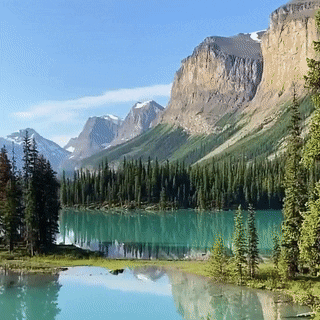

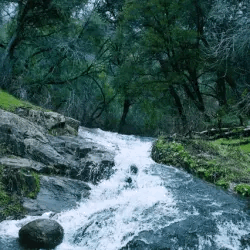





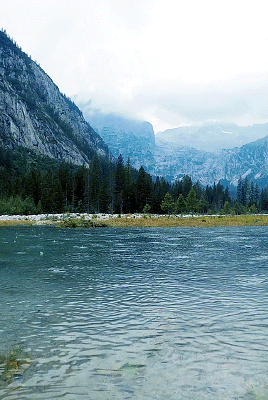

🐟 -> River Stimboard !
📦 -> with freshwater fish & river/lake stims !
📬 -> rqd by anon !
📘 -> 🐠 - 💧 - 🐠 / 💧 - 🐠 - 💧 / 🐠 - 💧 - 🐠
🔓 -> requests open ! rq info !
DNI -> NSFW/Kink/Bigots/Etc. I'll Block You.
#stimboard#stimblr#stim#sfw interaction only#water stim#fish stim#river stim#lake stim#freshwater fish stim#freshwater stim#blue stim
107 notes
·
View notes
Text
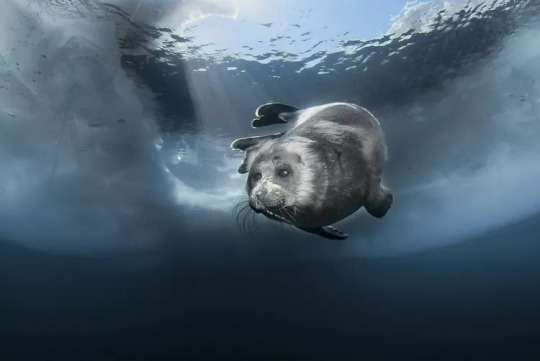
Meet the World’s Only Completely Freshwater Seal
Russia's Lake Baikal is home to the world’s only freshwater-exclusive seal - Baikal Seal.
Photograph by Olga Kamenskaya
#olga kamenskaya#photographer#baikal seal#seal#animal#mammal#wildlife#russia#lake baikal#freshwater seal#nature
38 notes
·
View notes
Text
Sound of frozen lake Baikal. 🔊
Lake Baikal's frozen surface creates distinct sounds, such as booming and popping noises, resulting from the contraction and expansion of the ice sheet due to changes in temperature.
See more: ©️ instagram.com/lake.baikal
—
Lake Baikal is situated in south-east Siberia, the 3.15-million-ha Lake Baikal is the oldest (25 million years) and deepest (1,700 m) lake in the world.
It contains 20% of the world's total unfrozen freshwater reserve.
Known as the 'Galapagos of Russia', its age and isolation have produced one of the world's richest and most unusual freshwater faunas, which is of exceptional value to evolutionary science.
Credit: UNESCO
17 notes
·
View notes